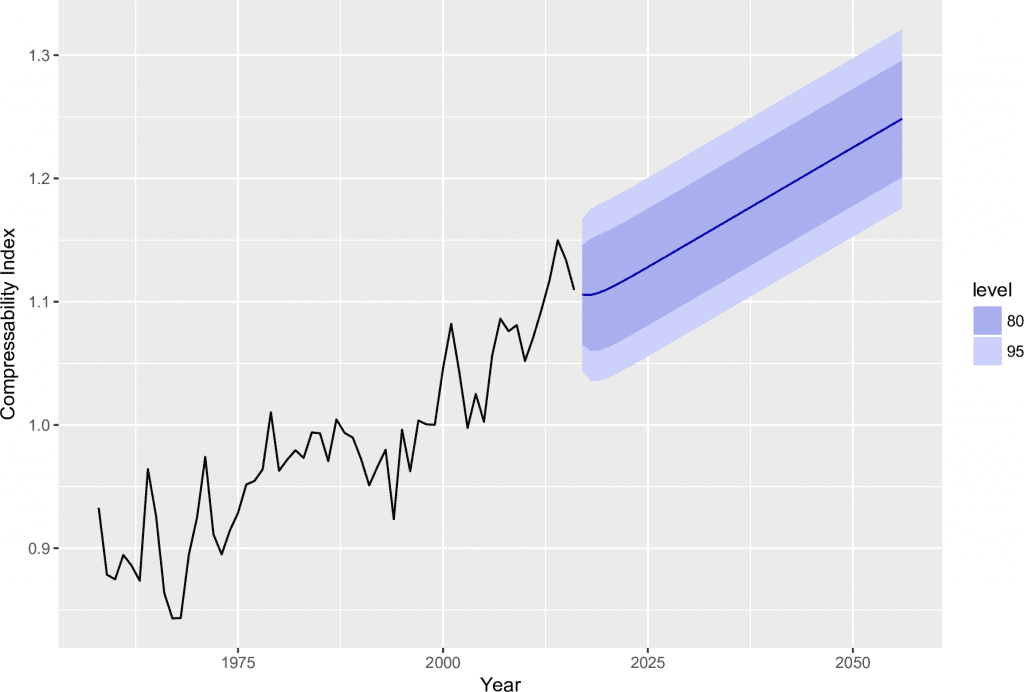From Love Me Do to Despacito, music has sure changed a lot over the years. Some would argue that it’s become better; others would criticize the lack of depth in modern music. But for the most part, music is appreciated subjectively, with few truly objective measures to compare past and present music.
But one such objective measure was recently analyzed in a study by researchers from the US and Canada. They looked at popular American song lyrics over the past six decades, comparing over 14,000 songs. The authors found that indeed, song lyrics have become simpler, and also offer some insights into why this may be happening.

“Music is a human universal,” the researchers explain in their study, and it’s influential to cognition and behavior in ways that are not always clear. Because songs can be so rich in meaning, social scientists have long explored the ways that such lyrics intersect with some fundamental social processes. In the new study, researchers looked at lyric complexity in time and the social trends that could be connected to it.
The way researchers look at how complicated lyrics are is pretty neat. They use a measure called compressibility — the same type of algorithm that can compress your files into .zip or .rar files can also be applied to lyrics. In the same way that some files can be compressed more than others (because it is simpler for the algorithm to compress them), some song lyrics can also be compressed more than others. It’s not a perfect measure, but it’s one of the best we have.
Based on this metric, lyrics for popular songs have become progressively simpler as the years passed.

There also seems to be a serious incentive to keep lyrics simple: simpler songs tend to do better on the charts, especially when there are more songs available to listen to. In other words, when faced with a multitude of songs, listeners tend to fall back on simpler songs — and with the music industry churning out more songs than ever before, this could help explain why songs are getting simpler.
“Our findings suggest that the answer may have to do with the proliferation of new songs available to consumers. The present work represents one of the first attempts to use big data and time series methods to quantify temporal shifts in information transmission dynamics at the societal level.”
Researchers also looked at other factors that could be connected to lyrical complexity. They looked at things like GDP per capita, unemployment, external threats like climate or war, immigration, and several others — but the correlation to the number of songs appeared to be more dominant.
The team cautions that the findings are not causal: just because there is an apparent connection between two elements doesn’t mean that one is causing the other. These relationships will be further explored by subsequent research.
The study was published in PLoS.






